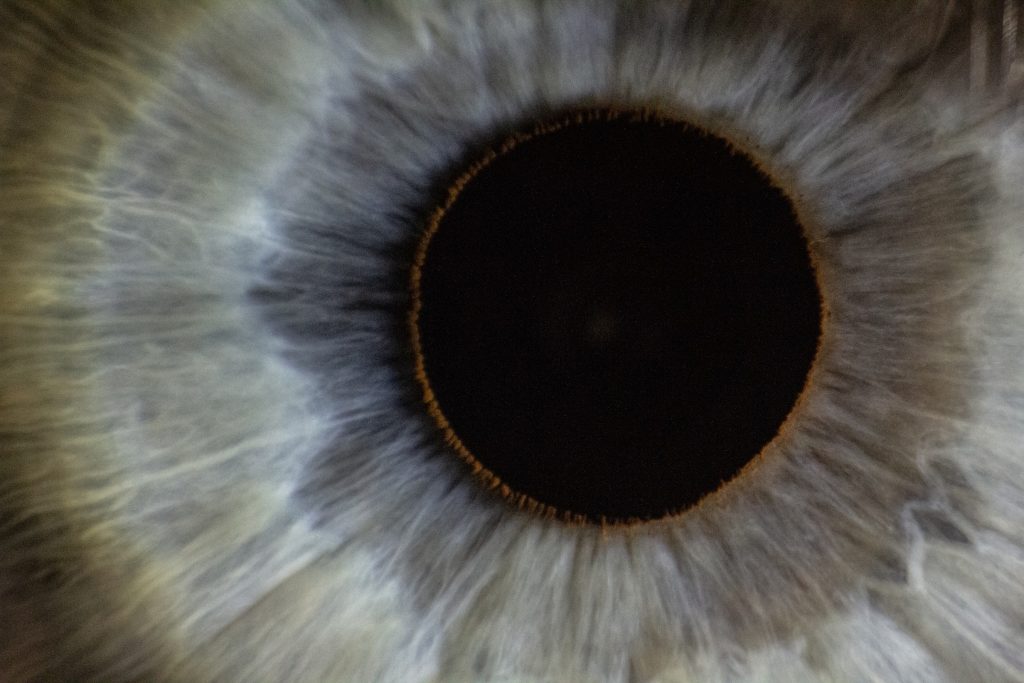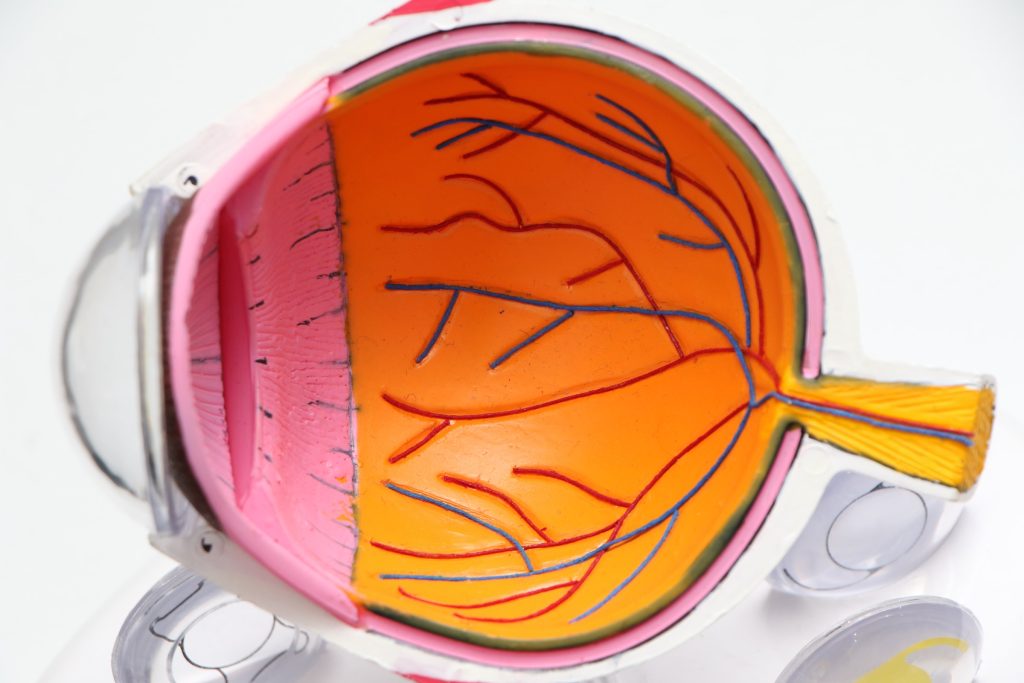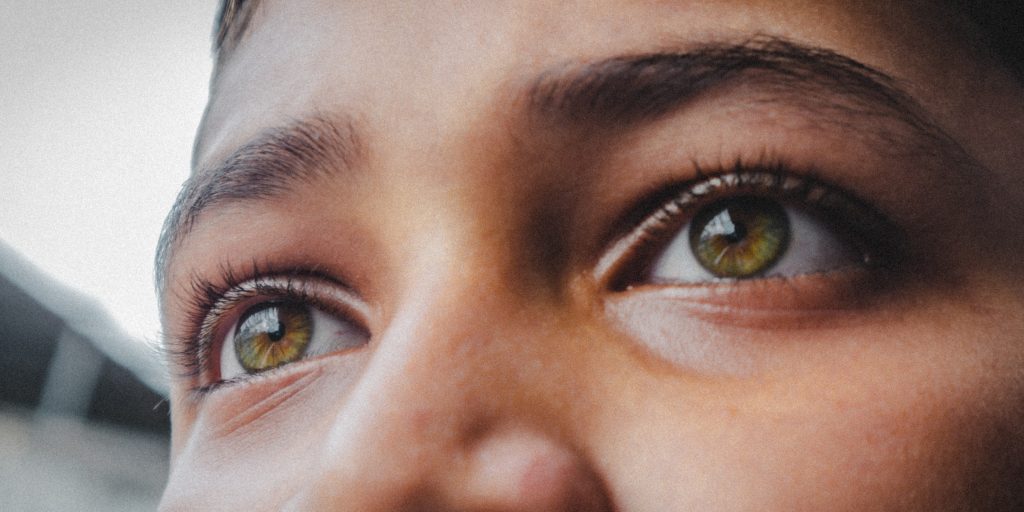The amazing organ that gives us the gift of seeing is the human eye. We frequently take this delicate and intricate system for granted, not realising the intriguing workings that allow us to interpret our colourful surroundings. Here are some eye-opening, fascinating, and possibly little-known vision facts that may alter your perception of your eyes and their amazing powers.
Fact 1: Your Eyes are unique
Contents
Until recently, fingerprint identification was considered the ultimate forensic proof of identity. However, another part of our body has proven to be even more unique and specialized – our eyes. The patterns in the iris, the colourful portion of the eye, are so distinctive that they differentiate us from billions of others in the world, leading to the development of iris recognition technologies for secure identification. Aside from being windows to our souls, our eyes provide a remarkably distinct identity, certifying our uniqueness.

Moreover, our eyes behave differently too. The degree of light sensitivity, focus speed, and even colour perception varies significantly from person to person. For example, some can see well in dim light (a trait known as night vision), whereas others may struggle. Furthermore, the health and functionality of our eyes can also indicate other systemic health conditions, such as diabetes or hypertension, affirming the vital role eyes play in our overall well-being.
Fact 2: Blinking Frequency
Think about this: On average, we blink about 4,200,000 times per year. That’s a lot of blinking! Surprisingly, blinking does much more than keep our eyes clean and moist. It plays a crucial role in our cognitive processes by acting as a tiny mental break that helps us concentrate better.

When we need to focus less, as at the end of a sentence when reading or during a lull in a conversation, research indicates that we often blink. We can sustain our focus and attention by taking these micro-breaks, which are brought on by blinking.
Our blink rate is usually lower while we are performing tasks that require a great deal of concentration, such as using the computer or reading a book. With that. it is encouraged for you to take regular breaks when performing tasks that are visually demanding so you can relax your eyes. Reduced blinking rates may result in certain symptoms such as dry eyes.
Fact 3: Limitless Colour Perception
Ever wondered about the colours that you see every day? The human eyes are capable of distinguishing up to 10 million different colours. However, there is more to the eyes as their capability expands beyond this to where you realize that there is no limit. Our colour perception is all an interpretation by our brain signals from the cells in our eyes which are called photoreceptors.
There are two types of photoreceptors in our eyes. One of them is rods which help us help us see in low light conditions and we have cones which help us see colour. We have three types of cones which perceive the colours red, green, and blue and the combination of these colours allows us to see a wide spectrum. Some people may have an additional type of cone and perceive up to 100 million different colours and this condition is called tetrachromacy.

One thing to note is that our perception of colour is also influenced by how our brain interprets the information sent by our eyes. This collaboration of physiological and neurological processes enables us to appreciate the colourful world around us.
Fact 4: Eye Muscles
Our eyes contain the body’s most active muscles. They are consistently moving to adjust the depth of focus, reposition the eye, and stabilize the viewing image. The extraocular muscles that surround each eyeball are astoundingly efficient, allowing us to move our eyes in all directions.

These muscles are highly responsive, making over 100,000 separate movements in a day. Imagine the level of fatigue if your legs made the same number of movements daily. Yet, these eye muscles hardly tire, demonstrating their exceptional stamina.
This performance is due to a specialized muscle fibre arrangement providing speed and precision. Additionally, the eye’s design ensures that the muscles do not need to exert a lot of force to move the eyeball, contributing to their efficiency. This scientific understanding emphasizes the remarkable nature of the human eye.
Fact 5: Eyes Don’t Grow
There is a common belief that as we grow, most of the parts grow with us as well. This is not a fact for eyes though because as it stands, eyes are one of the dew body parts that remain the same size from birth alongside another part called the ossicles.

Although minute changes may occur, they are generally unnoticeable unless the eye shape changes due to a physiological condition. The rationale for this unique trait is unclear but may have connections to our eyes’ vital and delicate nature, requiring a particular size for optimal functionality.
With that, the shape of the eyes is a good indicator of our health. For example, hyperthyroidism will be indicated by bulging eyes while dehydration or malnutrition are hinted by sunken eyes. This unique characteristic can help us recognize potential health conditions in their earlier stages.
Fact 6: The majority of Blindness is Preventable
The World Health Organization (WHO) states that there is an estimate of 1.3 billion people in the world who live with some vision impairment. In about 80% of these cases, blindness can be prevented or cured which shows the significance of routine eye exams and timely treatment of eye conditions.

With that, the early detection of chronic conditions like cataracts, glaucoma, and macular degeneration is essential for treatment. People would dismiss mild visual disruptions as unimportant but these could be early signs of such conditions.


